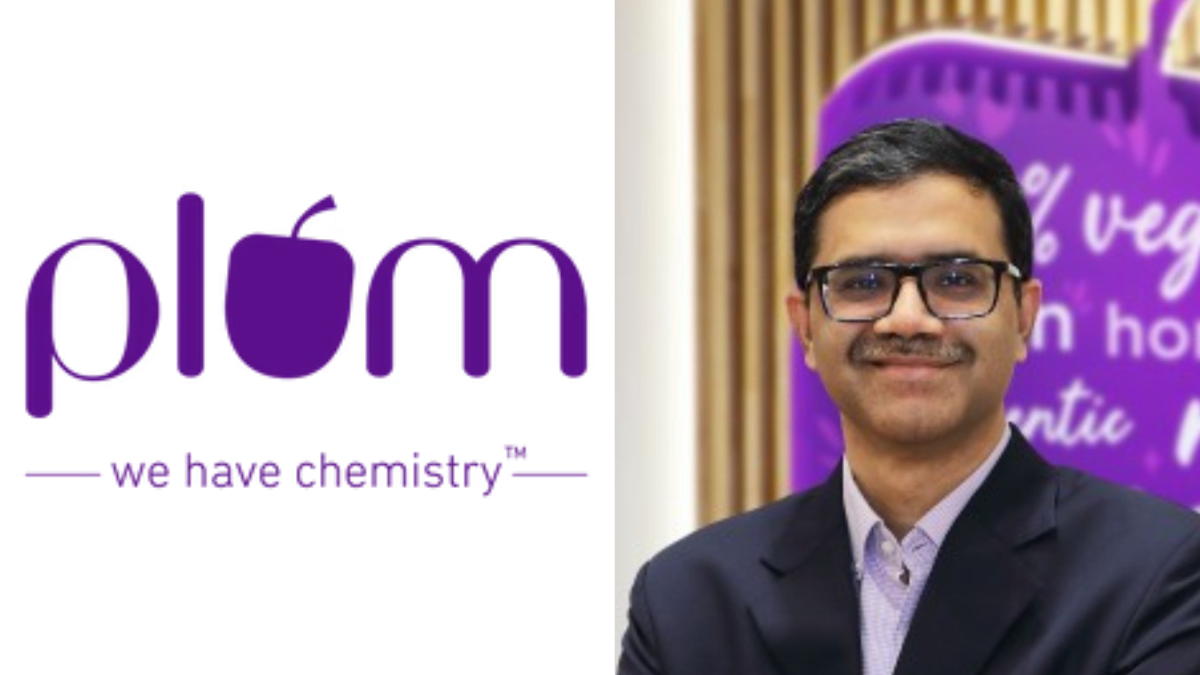Summary
With Faces Canada, he had to pivot from being the home-brand of a large modern trade chain, to a fully distributed general-trade-heavy structure.
Source: The Financial Express

AI News Q&A (Free Content)
Q1: What is the story behind the founding of Plum Goodness by Shankar Prasad?
A1: Plum Goodness was founded by Shankar Prasad, a chemical engineer with an MBA, who previously worked with Hindustan Unilever and McKinsey. The brand was launched in 2013 as India's first 100% vegan beauty brand. Shankar aimed to create a beauty brand that was not only effective but also free from harmful chemicals, promoting a cruelty-free and environmentally friendly approach. Plum is noted for its customer-centric approach and has successfully expanded to become a significant player in the Indian beauty market.
Q2: How has Faces Canada influenced Shankar Prasad's approach to building Plum Goodness?
A2: Shankar Prasad's experience with Faces Canada provided him with significant insights into the beauty industry, particularly in understanding market trends and consumer preferences. Faces Canada's pivot from a home-brand to a broader distribution model influenced Shankar's strategic approach in scaling Plum Goodness. This experience helped him focus on building a brand that emphasizes ethical practices and consumer trust.
Q3: What are the potential health risks associated with synthetic ingredients in cosmetics?
A3: Synthetic ingredients in cosmetics, such as phthalates and heavy metals like lead and mercury, are linked to several health risks. These include hormone disruption, reproductive harm, and cancer. Studies have shown that these chemicals can be absorbed through the skin and contribute to long-term health issues.
Q4: What scientific evidence exists on the risks of triclosan and similar chemicals in cosmetics?
A4: Research has shown that triclosan, a common ingredient in many personal care products, can contribute to carcinogenesis, endocrine disruption, and antimicrobial resistance. The International Agency for Research on Cancer has classified certain compounds found in cosmetics as potential carcinogens, highlighting the need for caution in their use.
Q5: How does Plum Goodness ensure the safety and effectiveness of its products?
A5: Plum Goodness ensures product safety by adhering to strict quality standards and using only vegan and cruelty-free ingredients. The brand emphasizes 'good science' and relies on plant-derived actives proven to be effective and safe. This approach helps maintain consumer trust and supports the brand's commitment to environmental sustainability.
Q6: What role does consumer innovation play in the success of brands like Plum Goodness?
A6: Consumer innovation is crucial for brands like Plum Goodness, as it involves understanding and responding to consumer needs and preferences. By offering innovative products that align with ethical and health-conscious values, such brands can differentiate themselves and build a loyal customer base. This approach also helps drive market trends towards more sustainable and ethical consumer goods.
Q7: How can consumers identify and avoid harmful ingredients in cosmetics?
A7: Consumers can avoid harmful ingredients by reading product labels carefully and looking for certifications that indicate safety, such as 'cruelty-free' or 'vegan.' Awareness of common harmful chemicals, such as phthalates and heavy metals, and opting for products with natural preservatives like essential oils can also help reduce exposure to toxic substances.




